How endurable is fashion recycling for the high street brands?
High-street brands and fashion recycling
There has been a growing media attention on the amount of textile waste dumped in landfills in the UK. According to Ethical Fashion Forum, nearly 1.5 million tonnes of unwanted clothing is estimated to end up in UK’s landfills.
As the scale of problem unfolds, many high-street fashion retailers have taken a drastic approach to bring recycling to the mainstream. But how exactly do different brands promote and encourage consumers to recycle their clothes?
H&M: revolutionising fashion recycling?
Many retailers including H&M are employing ‘take-back recycling’ schemes to show their efforts in the sustainable fashion. The most recent campaign marked the World Recycle Week in collaboration with British rapper M.I.A. The idea was quite simple: bring unwanted clothes at any H&M stores in an exchange with either a 5-pound voucher to spend on their next purchase in-store or simply to donate. Thanks to M.I.A.’s dapper music video, the campaign successfully gained a lot of traction. At least in many consumers’ minds, some sort of link between two incompatible ideas – high-street fashion (aka, H&M) and fashion recycling – has been established. Through social media sharing with catchy hashtags, the campaign became more than just recycling to something symbolic – it’s about being a part of global fashion movement for the young generation.
Yet, the collaboration between the brand and the artist equally gained criticisms – the campaign rather questionable, and seemingly hypocritical, according to highsnobiety. Given the long-standing controversy surrounding H&M’s treatment of their workers in South Asia – particularly the incident of Rana PLaza, H&M’s abusive use of cheap labor is remains critical today.
Patagonia: pioneering fashion recycling
Taking on a similar ‘Take back recycling’ stance, The Worn Wear project by US-based outdoor clothing brand Patagonia also encouraged consumers to give a second chance to their old and worn down clothes instead of simply throwing them away. However, unlike H&M, Patagonia’s project ‘gives your garms a second life by getting repairs done on clothing of any brand’. You can see where the Patagonia’s repair technicians are touring around by visiting their site. The company also gives DIY and how-tos on repairing old garments to their customers before investing in new ones.
Introducing recycling on high street: how feasible?
While both retailers really want to make recycling cool to the kids, there is a clear difference in their approaches. Take a closer look and you’ll realise that Patagonia actually wants you to stop buying new clothes, or to buy LESS. H&M, on the other hand, still relies on giving incentives such as vouchers to buy MORE.
It may not sound fair to compare two distinctive brands – one being trend-sensitive high-street fashion and the other whose mission statement has always referred to environmental sustainability. However, as M.I.A.’s video has made it clear, when it comes recycling, the issue is global. As far as sustainability is concerned, both brands are playing in the same field.
There is a huge discrepancy in the level of commitment. It is incredibly difficult for brands like H&M to bring about a profound and authentic changes to its supply-chain level. Because that means to challenge their sales volumes, and therefore underlying business model, said Quartz. Technically, ‘closing the loop’ takes very long time as H&M won’t stop producing tonnes of clothes in a matter of few days in the meantime (via the Guardian).
So is the future ‘recycle or die’?
With more and more millennial and socially-conscious shoppers are choosing the ‘cleaner’ brands, almost every brand is embracing or talking about sustainability.
But when brands advocate for behavioural changes from the demand side, the effort also needs to be reciprocal. Celebrity endorsement is surely impactful. And H&M has certainly made recycling more than a project into a so-called global fashion movement. Nevertheless, as BoF argues, inauthenticity or inadequacy will eventually be unearthed. Just like how Fashion Recycling Week has equally received much backlash at the same time. In a long term, most consumers would most likely to forget about H&M’s recycling efforts until the brand brings it up again years later. Despite the recent marketing effort, it’s just hard to get rid of H&M’s image of mass consumption and disposability without a radical change from its mass production supply chain. Some luxury brands, on the contrary, are taking a more holistic approach towards such issues by incorporating deeply into their overall CSR commitments. Such as Prada’s CSR website, or similarly Vivienne Westwood’s speech of ‘‘buy less, choose well and make it last’’, in relation to environment and capitalism.
Subscribe To Us







.jpg?mw=310)

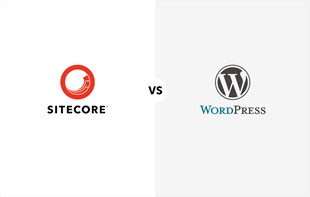




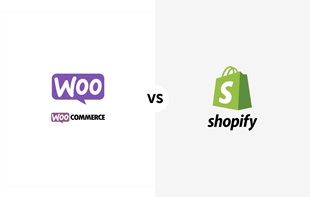


















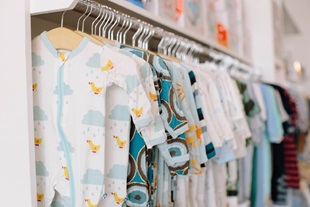













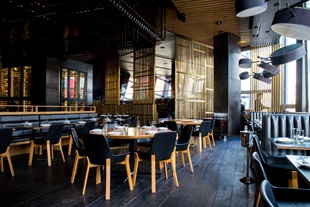



















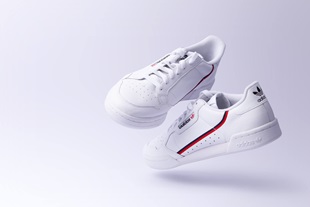





























.jpg?mw=310)













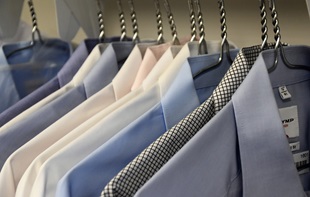



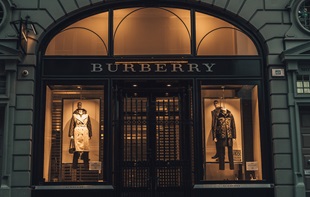

![10 latest trends in digital marketing for beauty brands [Part.2]](/-/media/Appnova/Blog/ScreenShot20151026at1500471940x567/10-latest-trends-in-digital-marketing-for-beauty-brands-Part-2.jpg?mw=310)
![10 latest trends in beauty web design and digital marketing [Part.1]](/-/media/Appnova/BannerImages/18376519151_bbeaa6dafc_b-1/trends-in-beauty-web-design-and-digital-marketing/10-latest-trends-in-beauty-web-design-and-digital-marketing-Part1.jpg?mw=310)
![From story-telling to story-showing: What makes a lifestyle eCommerce? [Part.2]](/-/media/Appnova/BannerImages/ScreenShot20150929at143416/From-story-telling-to-story-showing-What-makes-a-lifestyle-eCommerce-Part-2.jpg?mw=310)








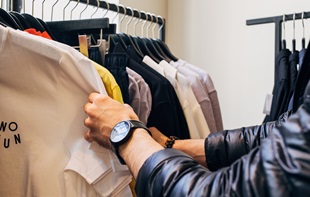


![The generation of me, myself and I – Me-commerce will remain strong. [Infographic]](/-/media/Appnova/BannerImages/mecommerce-cover/mecommerce-cover/The-generation-of-me-myself-and-I--Mecommerce-will-remain-strong.jpg?mw=310)
![A Whole New E-commerce World – Alibaba and the forty others [Infographic]](/-/media/Appnova/BannerImages/camel/camel/A-Whole-New-E-commerce-World-Alibaba-and-the-forty-others.jpg?mw=310)





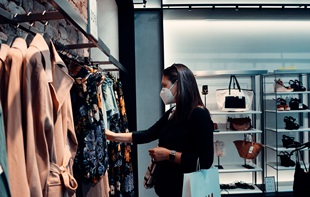

0.Comments